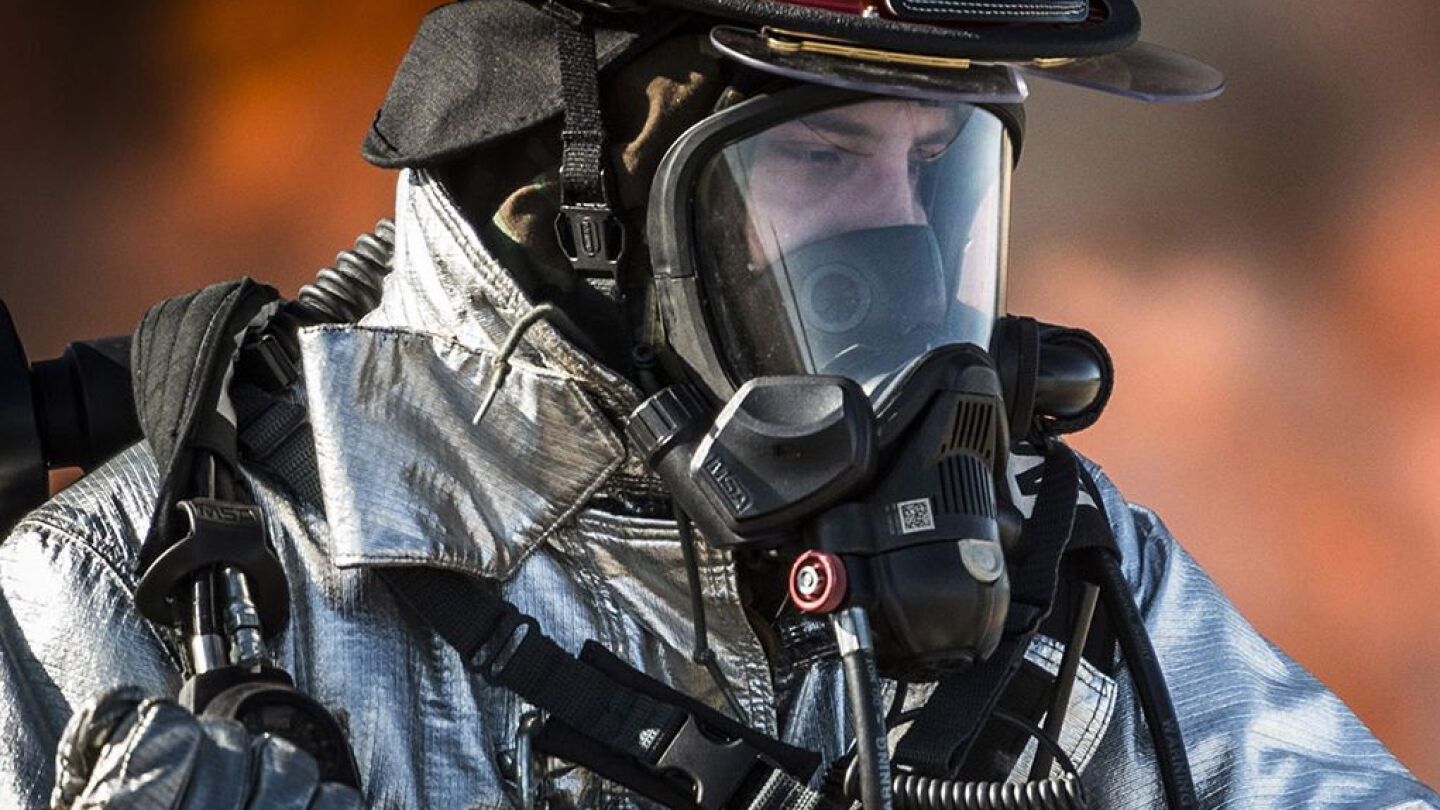Hazards and Hazmat
The hazards and hazmat topic section covers operations involving hazardous materials, including chemical, biological, radiological, nuclear and explosive (CBRNE) incidents.
The whitepaper provides critical insights to help companies and individuals identify and assess threats to improve worker and public safety
Louisville firefighters rescued several from inside the collapsed food coloring plant
Residents have been urged to shelter in place after an explosion ripped through a business in Louisville
Technical execution is only half the battle in how your hazmat incident management will be judged after the incident is mitigated
Firefighters responding to a gas leak were evacuating people from a building Wednesday morning when it exploded
The fire erupted about two weeks after a March 17 blaze at a petrochemical storage facility in Deer Park
An investigation by the Los Angeles Fire Department determined that sparks from a firefighter’s saw may have ignited gasoline vapors, causing the fire
Preplanning fire department involvement in a chemical industry fire, and keeping the public informed helps mutual aid partners contain a chemical fire
National Guard troops have been called in and residents were told to stay inside after elevated levels of benzene were detected due to the chemical fire
Crews continue to spray foam and water on the tanks to cool them and prevent reignition
The fire spread to seven storage tanks holding components of gasoline and also used in nail polish remover, glues and paint thinner
The new requirement is angering union officials and baffling first responders who feel they’re not trained to handle biohazard material in this manner
Establish warm, hot and cold zones; use PPE and distance to shield; and measure radiation throughout
A plane crash into a residence required a combination of firefighting, hazmat and rescue to remove occupants from the home
USIC claims drilling company VC Tech violated state law when it failed to notify the state utility call center, known as Diggers Hotline, before starting work
Firefighters worked to keep the fire from spreading while Pacific Gas & Electric crews have been trying for more than an hour to shut off the natural gas line
An immediately dangerous to life or health value is meant to protect first responders and other workers when they are exposed to toxic chemicals
The LAFD responded to the Cedars-Sinai Marina del Rey Hospital, where officials were forced to close the ER after a damaged pipe caused a liquid oxygen spill
The National Security Council developed resources to help first responders prepare for and respond to a fourth generation agent incident
Columbia Gas agreed to pay for an extra engine company due to increased calls the fire department was receiving about gas leaks and carbon monoxide issues
The firefighters were responding to a hazardous materials call when they entered the residence and breathed in the gas
The fire department had been called due to a gas leak in the bakery
Lawrence Fire Department Chief Brian Moriarty has suggested Columbia Gas should pay $1.1 million for an extra engine company to work around the clock
The evolution of emergency services provided by municipal fire departments and the fire service budget
Rachael Lighty of Amazon said the company appreciated “the swift response of local responders” after a “damaged aerosol can dispensed strong fumes”
Near Miss With IAFC
Near Miss reports show why your firefighters should carry carbon monoxide detectors into every call
Test your knowledge of how well you can recognize and address possible risks of exposure to fentanyl
Lawrence Fire Chief Brian Moriarty said responding to the house explosions and fires was “a nonstop event”
Maintaining proper body temperature, even when fighting fires, is important for overall health and safety
Most of the victims suffered first- and second-degree burns and were taken to the burn center
Firefighters who worked in and around the site of a gas leak sued the Southern California Gas Co. saying the company let them be exposed to toxic chemicals
Anger reverberated through the communities of Lawrence, Andover and North Andover, as the reality of the disaster began to sink in

























